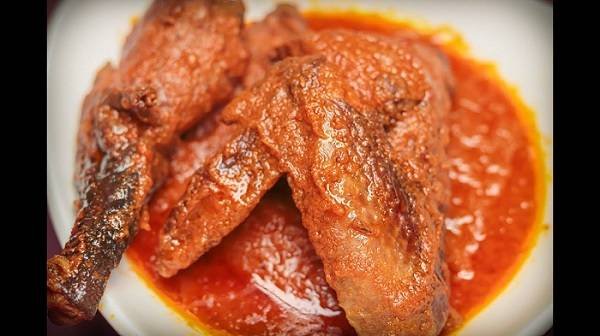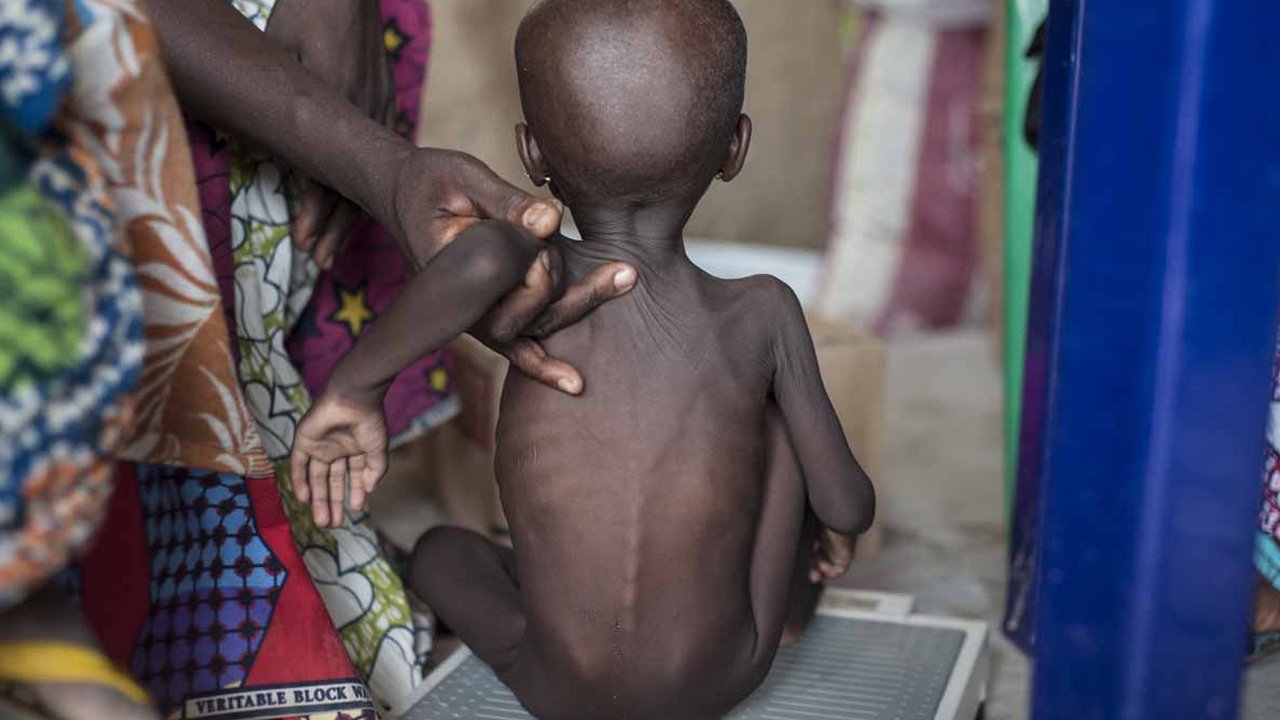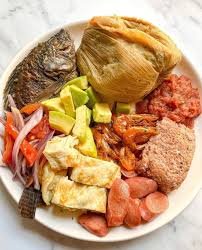Nutrition
Guinea fowl stew

Guinea fowl stew
Ingredients
-5 kilos of Guinea fowl
– Vegetable oil
-Salt
-3 tablespoonful of salt
-Ginger
-Garlic
-One small tomato paste
-10 large tomatoes
Preparation
-Wash Guinea fowl and put in a saucepan
-Add blended ginger, garlic and onion
-Add salt to taste
-Cook until it becomes soft and set aside
-Heat oil in a large saucepan
-Put cooked Guinea fowl in oil
-Fry until it turns golden-brown and set aside
-Put sliced onion in oil
-Add blended onion, ginger and garlic. Stir and cook until ready.
-Add tomato paste and cook for a while and add blended tomatoes
-When it is well cooked, add preferred spices to your taste
-Add salt to taste
-Put fried Guinea fowl in stew and cover it to simmer
-Add sliced onion to the stew until it becomes translucent
-Serve with boiled rice, boiled yam or any accompaniment you prefer and enjoy.
Health benefits of guinea fowl
High in protein
-Guinea fowl meat is high in protein, a vital part of a human’s diet. Protein is utilised to strengthen and maintain muscles.
Low in fat and cholesterol
Guinea fowl is a lean protein, meaning it is low in fat and cholesterol. According to sources, Guinea fowl meat has about three percent fat, which is lower than chicken meat, which has about 11 percent fat. Therefore, Guinea fowl meat is much leaner.
Good source of vitamins and minerals
Guinea fowl meat includes many different vitamins and minerals. Everyone needs vitamins and minerals to survive, as they are responsible for most of our bodily functions.
By Elizabeth Agyeibea Ackon
Nutrition
Nourishing Ghana Starts with Us: The role of citizens

The success of Ghana’s fight against malnutrition does not rest solely in the hands of the government or donors. It depends on us, the citizens. Nutrition is not just a technical issue. It is a societal one, and every Ghanaian has a role to play in ensuring that no child goes hungry, no mother is left unsupported, and no community is forgotten.
As citizens, we must shift how we see nutrition: not as a private family concern, but as a collective national responsibility. Here’s how we can act:
1. Demand accountability
Every citizen has the right and responsibility to ask how public funds are being used to support nutrition. Are local clinics stocked with supplements? Are school feeding programmes working in your district? Are maternal health services adequately funded? Ask questions. Engage assembly members. Attend town hall meetings. Make your voice count.
2. Speak up, Speak out
Silence has a cost. When we fail to speak out against malnutrition, we normalise it. Use your platform, whether it is WhatsApp group, a radio show, a church gathering, or social media, to raise awareness. Normalise conversations about child feeding, food quality, and maternal health. Silence keeps systems broken. Voices drive change.
3. Support local solutions
Support or join community nutrition initiatives. Volunteer. Share what you know. Help spread accurate information about breastfeeding, healthy diets, and hygiene. If you are a farmer, teacher, trader, or youth leader, your knowledge and effort can make a difference. Change starts in our homes and neighbourhoods.
4. Protect the first 1,000 days
Whether you are a father, grandmother, neighbor, or employer, support pregnant women and caregivers during this crucial period. Encourage antenatal care. Help with child care. Prioritise nutritious foods. The first 1,000 days of a child’s life lay the foundation for everything that follows.
When citizens care, ask questions, take action, and show solidarity, we create the conditions for lasting change. Malnutrition is not inevitable. It is a symptom of neglect, and neglect ends when citizens choose to act.
Feature article by Women, Media and Change under its Nourish Ghana: Advocating for Increased Leadership to Combat Malnutrition Project
Nutrition
Ga Kenkey

Ga kenkey, a staple in Ghanaian cuisine, is prepared with fermenting corn dough, then cooking a portion of it to create ‘aflata’ or ‘banku’. It is a popular food in the southern part of Ghana.
Ingredients:
-8 cups of dried corn
-Dried corn leaves (for wrapping)
-2 tablespoonful of stew
Preparation
-Soak corn in water overnight
-Grind corn into a powder form
-Mix the ground corn with water (dough)
-Mix part of the dough with water and put it on fire to cook
-Take the pot off the fire and mix in the remaining dough .
– When ready shape mixture into balls and set every prepared ball on a corn leaf.
– Cover each ball by wrapping the corn leaf around it
– Put water on fire. Add wrapped kenkey to boil for 45 minutes.
– When ready take them out carefully and serve them along with shito, ground pepper and fish.






